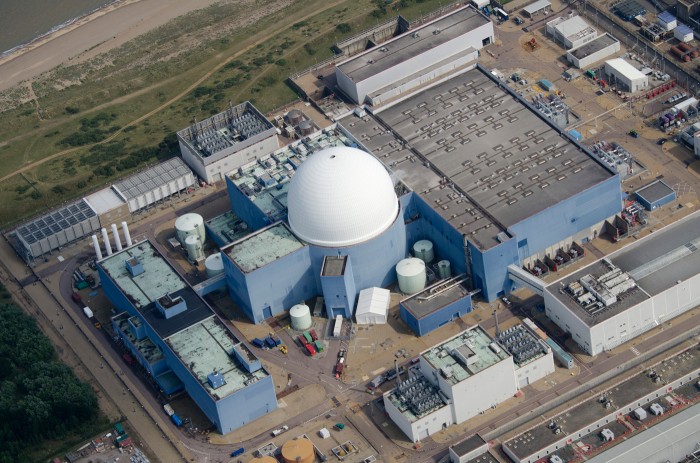Small Modular Nuclear Reactors Could Run in the U.K. by 2030
A new kind of small reactor, long billed as the most convincing future for nuclear energy production, could be in use in the U.K. by 2030.
These devices are, as the name suggests, smaller than regular nuclear power plants, providing 300 megawatts or less of energy capacity. Because of their modest size, they’re easier to build and install than their larger counterparts, as well as being safer. In theory they can also be used to provide both heat and electricity to nearby communities.
A new report by the U.K.’s government-backed Energy Technologies Institute outlines what it considers to be a reasonable timeline for the country to adopt the new reactors, estimating that they could be in use by 2030. For that to happen, talks between operators, developers, and the government would have to begin next year.

But, as the Guardian reports, the research institute warns that it will only be possible if the British government encourages adoption of the technology. Like any other nuclear power technology, this one is potentially compelling because the world desperately needs carbon-free sources of non-intermittent power. But fears about the safety of nuclear plants have made them so costly as to discourage investors. “Creating the right environment for increasing investor confidence is critical if this schedule is to be met,” says Mike Middleton, the author of the report.
Even if that happens, the U.K. will still lag behind America. Earlier this year, the Tennessee Valley Authority applied for a permit to build the first such reactor in the United States. While the finer details of the installation are unconfirmed, if all goes as planned, the facility could be up and running by the mid-2020s.
(Read more: The Guardian, Energy Technologies Institute, “Small, Modular Nuclear Plants Get Their First Chance in the U.S.,” “Can Small Reactors Ignite a Nuclear Renaissance?”)
Keep Reading
Most Popular
Large language models can do jaw-dropping things. But nobody knows exactly why.
And that's a problem. Figuring it out is one of the biggest scientific puzzles of our time and a crucial step towards controlling more powerful future models.
The problem with plug-in hybrids? Their drivers.
Plug-in hybrids are often sold as a transition to EVs, but new data from Europe shows we’re still underestimating the emissions they produce.
Google DeepMind’s new generative model makes Super Mario–like games from scratch
Genie learns how to control games by watching hours and hours of video. It could help train next-gen robots too.
How scientists traced a mysterious covid case back to six toilets
When wastewater surveillance turns into a hunt for a single infected individual, the ethics get tricky.
Stay connected
Get the latest updates from
MIT Technology Review
Discover special offers, top stories, upcoming events, and more.